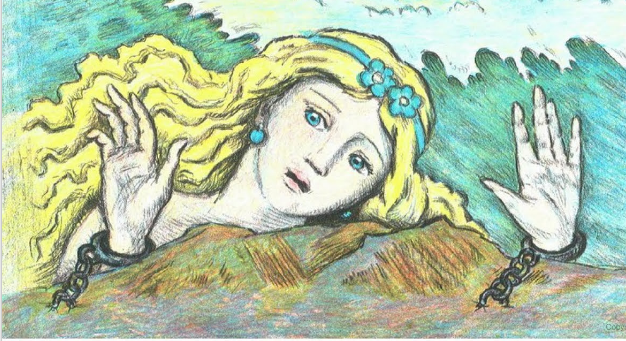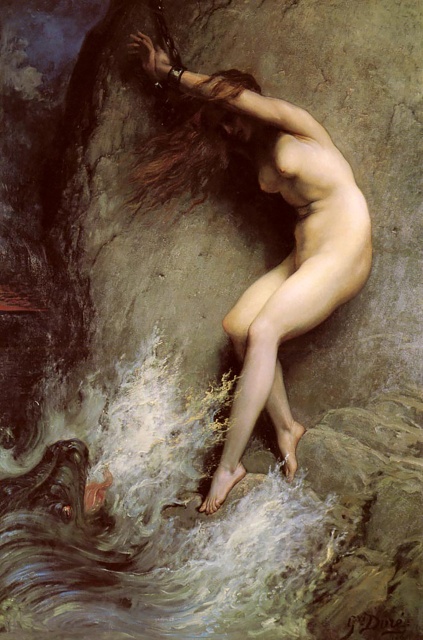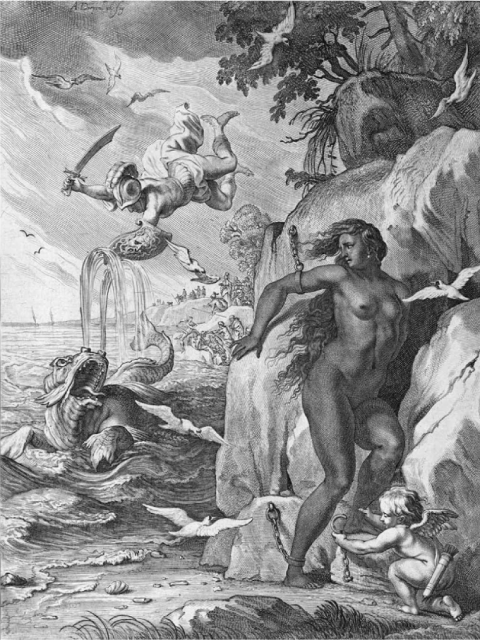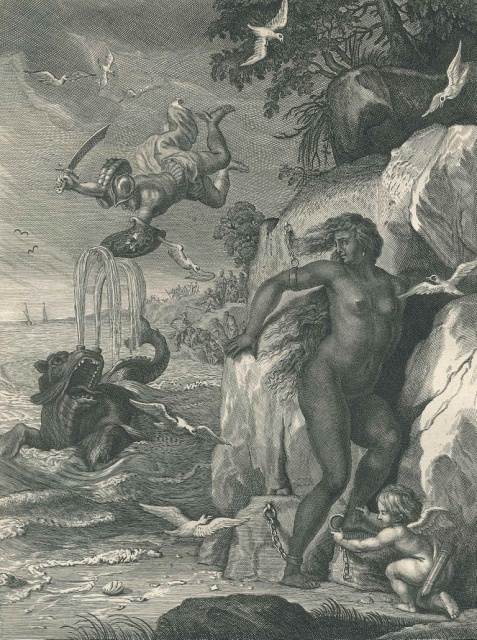Mark Dominus (陶敏修)
mjd@pobox.com

Archive:
| 2025: | JFMAMJ |
| JAS | |
| 2024: | JFMAMJ |
| JASOND | |
| 2023: | JFMAMJ |
| JASOND | |
| 2022: | JFMAMJ |
| JASOND | |
| 2021: | JFMAMJ |
| JASOND | |
| 2020: | JFMAMJ |
| JASOND | |
| 2019: | JFMAMJ |
| JASOND | |
| 2018: | JFMAMJ |
| JASOND | |
| 2017: | JFMAMJ |
| JASOND | |
| 2016: | JFMAMJ |
| JASOND | |
| 2015: | JFMAMJ |
| JASOND | |
| 2014: | JFMAMJ |
| JASOND | |
| 2013: | JFMAMJ |
| JASOND | |
| 2012: | JFMAMJ |
| JASOND | |
| 2011: | JFMAMJ |
| JASOND | |
| 2010: | JFMAMJ |
| JASOND | |
| 2009: | JFMAMJ |
| JASOND | |
| 2008: | JFMAMJ |
| JASOND | |
| 2007: | JFMAMJ |
| JASOND | |
| 2006: | JFMAMJ |
| JASOND | |
| 2005: | OND |
Subtopics:
| Mathematics | 245 |
| Programming | 99 |
| Language | 95 |
| Miscellaneous | 75 |
| Book | 50 |
| Tech | 49 |
| Etymology | 35 |
| Haskell | 33 |
| Oops | 30 |
| Unix | 27 |
| Cosmic Call | 25 |
| Math SE | 25 |
| Law | 22 |
| Physics | 21 |
| Perl | 17 |
| Biology | 16 |
| Brain | 15 |
| Calendar | 15 |
| Food | 15 |
Comments disabled
Mon, 05 Aug 2019
After decapitating Medusa the Gorgon, Perseus flies home on the winged sandals lent to him by Hermes, But he stops off to do some heroing. Below, he spots the beautiful princess Andromeda, chained to a rock.
Here's the description my kids got from D'Aulaire's Book of Greek Myths:
On the way home, as he flew over the coast of Ethiopia, Perseus saw, far below, a beautiful maiden chained to a rock by the sea. She was so pale that at first he thought she was a marble statue, but then he saw tears trickling from her eyes.
Here's the d’Aulaires’ picture of the pasty-faced princess:

Andromeda has been left there to distract a sea monster, which will devour her instead of ravaging the kingdom. Perseus rescues her, then murders her loser ex-boyfriend, who was conspicuously absent from the rendezvous with the monster. Perseus eventually marries Andromeda and she bears his children.
Very good. Except, one problem here. Andromeda is Princess Royal of Ethiopia, the daughter of King Cepheus and Queen Cassiopeia. She is not pale like a marble statue. She has dark skin.
How dark is not exactly clear. For the Greeks “Aethiopia” was a not entirely specific faraway land. But its name means the land of people with burnt faces, not the land of people who are pale like white marble.
The D'Aulaires are not entirely at fault here. Ovid's Metamorphoses compares her with marble:
As soon as Perseus, great-grandson of Abas, saw her fastened by her arms to the hard rock, he would have thought she was a marble statue, except that a light breeze stirred her hair, and warm tears ran from her eyes.
But he's also quite clear (in Book II) that Ethiopians have dark skin:
It was [during Phaethon episode], so they believe, that the Ethiopians acquired their dark colour, since the blood was drawn to the surface of their bodies.
(Should we assume that Ovid evokes marble for its whiteness? Some marble isn't white. I don't know and I'm not going to check the original Latin today. Or perhaps he only intended to evoke its stillness, for the contrast in the next phrase. Anyway, didn't the Romans paint their marble statuary?)
Andromeda was a popular subject for painting and sculpture over the centuries, since she comes with a a built-in excuse for depicting her naked or at least draped with wet fabric. European artists, predictably, made her white:
 Painting by Gustave
Doré, 1869.
Painting by Gustave
Doré, 1869.
But at least not every time:
[Other articles in category /book/myth] permanent link




